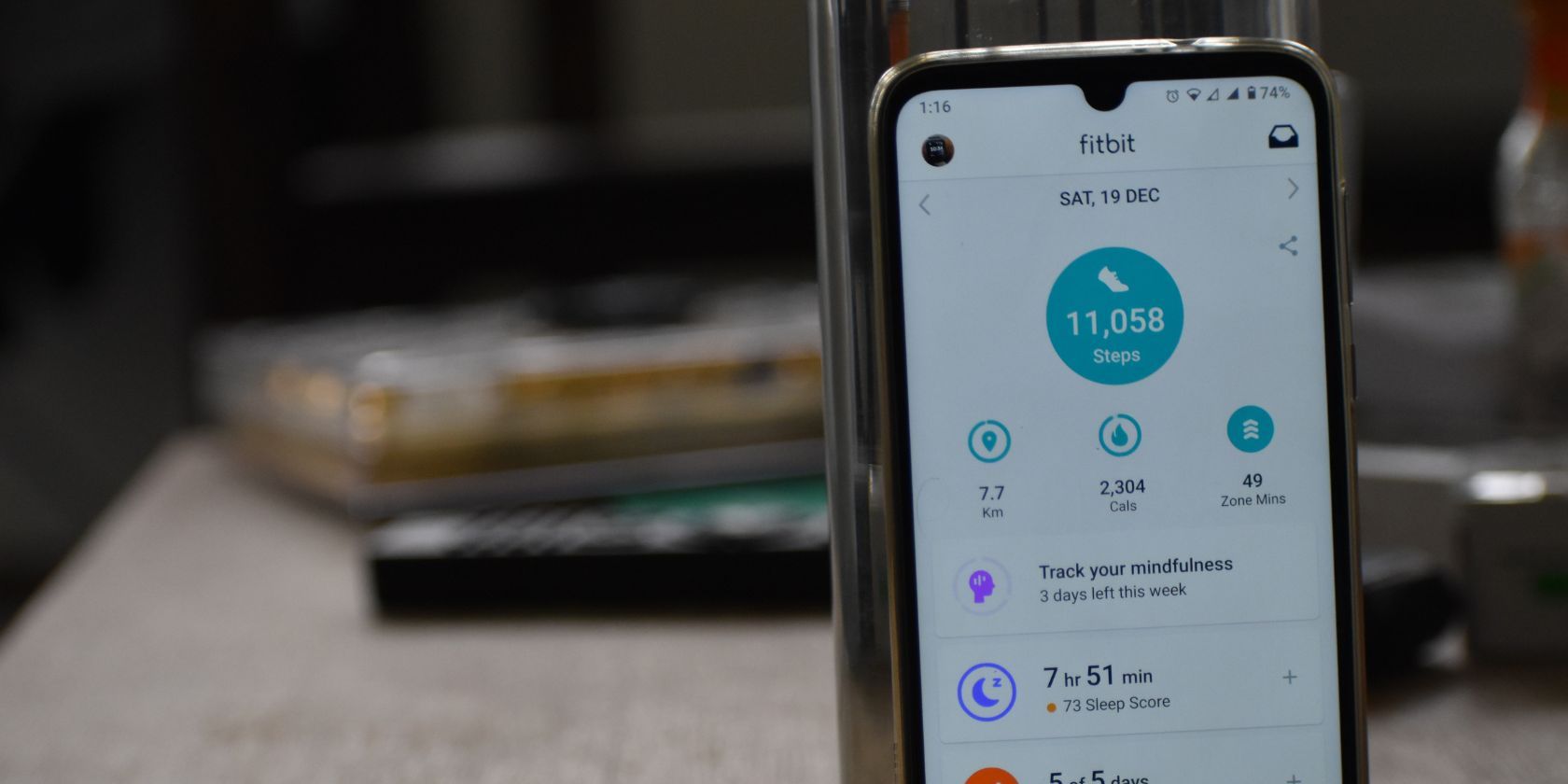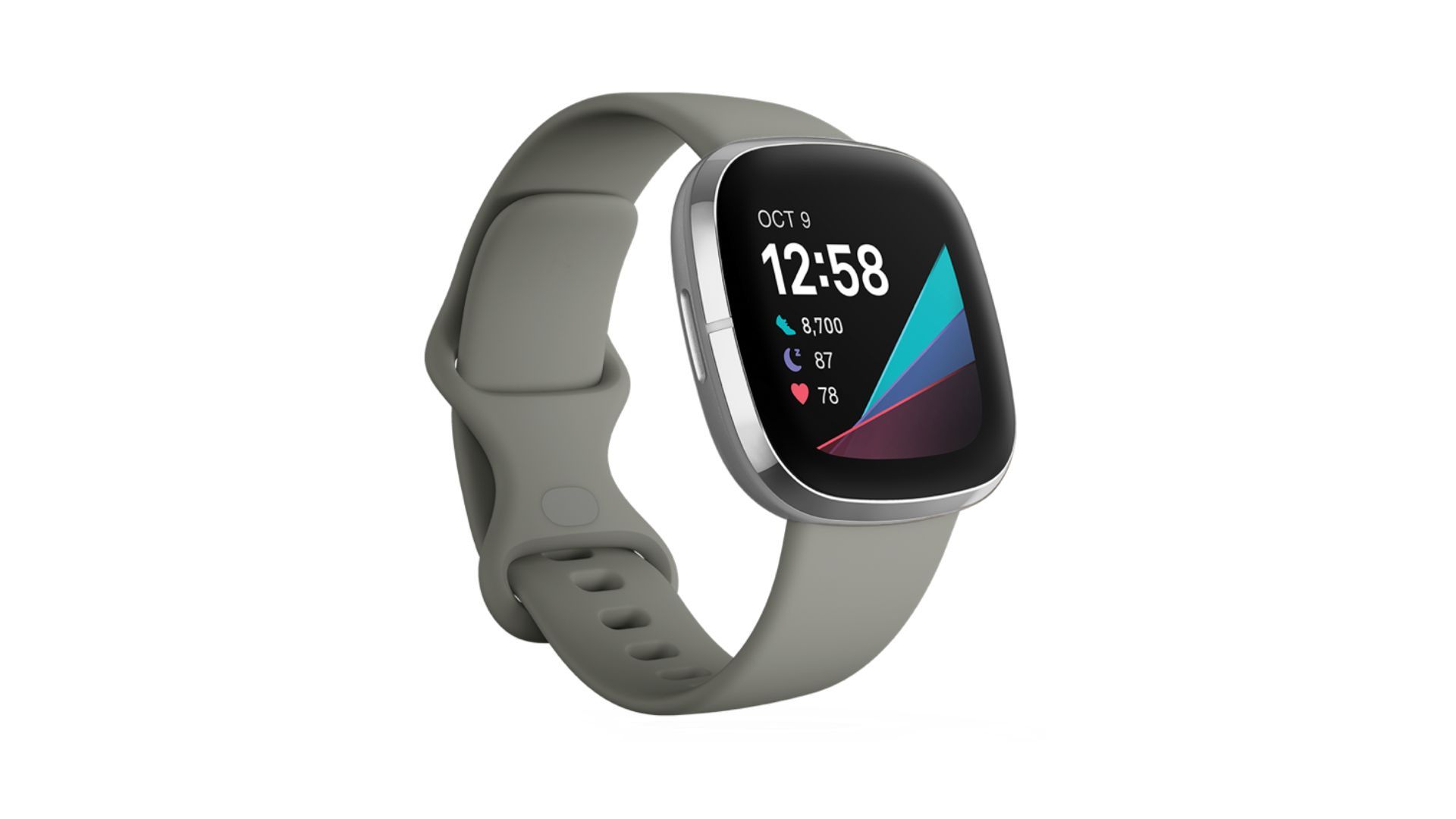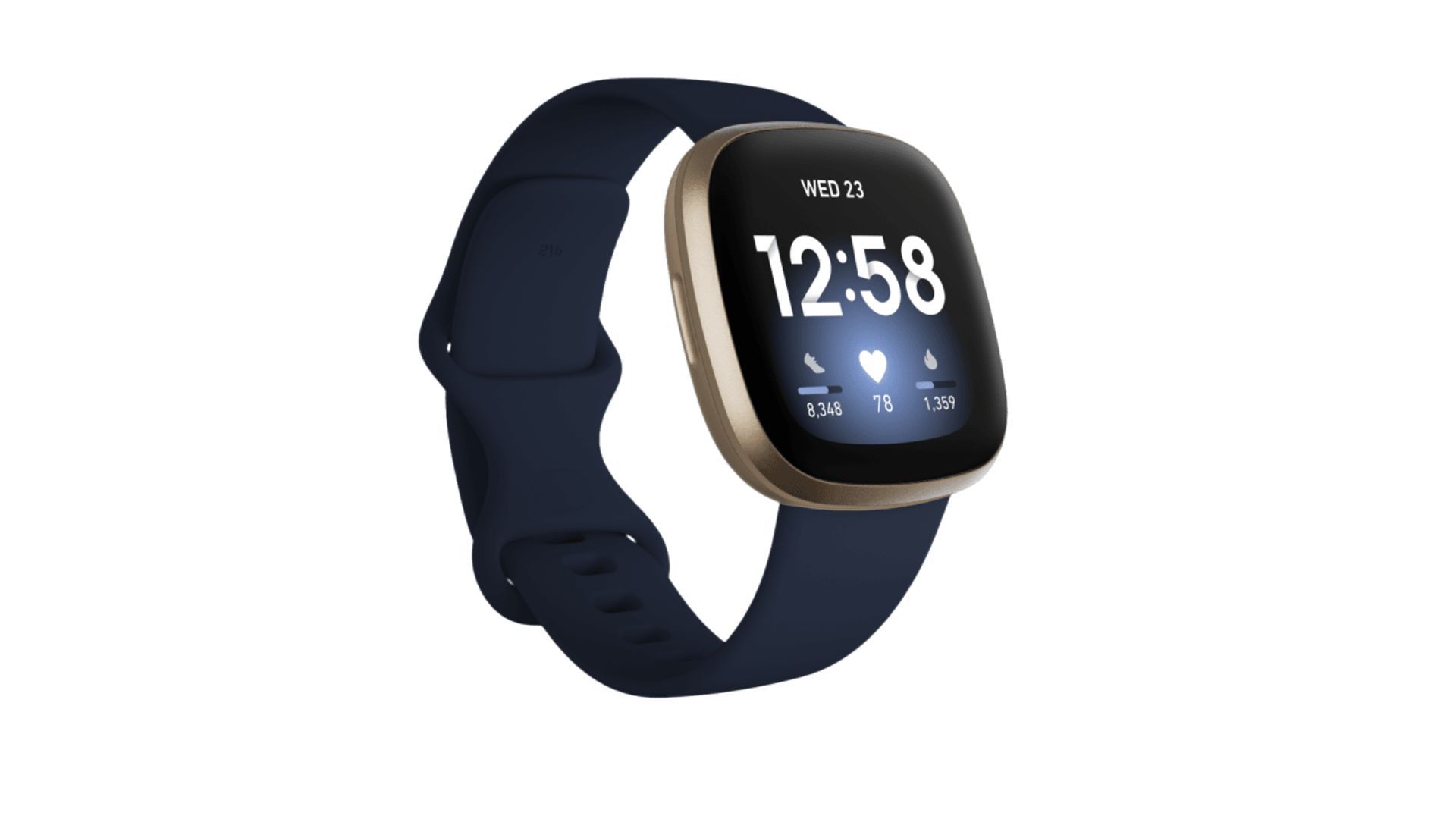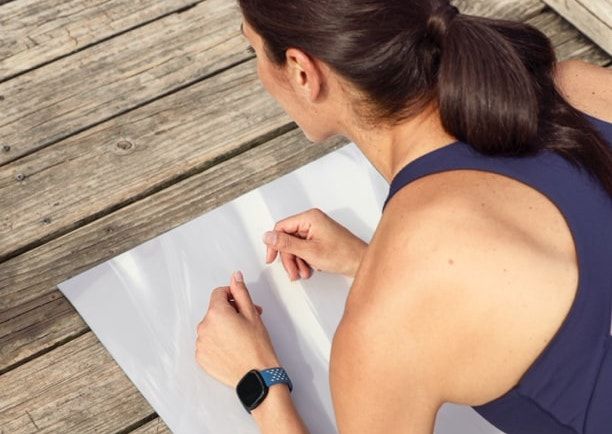Fitbit has a wide selection of fitness trackers, and they're all great for different purposes. You can't go wrong with any of Fitbit's models, but since they are quite pricey, it's well worth taking your time to make a decision you'll be happy with.
If you've already narrowed it down to the Fitbit Sense and the Fitbit Versa 3, congratulations—that's no easy feat. But how can you narrow it down even further and choose the perfect one for you? Compare the Fitbit Sense and Versa 3 to see how these models are similar, how they differ, and which one deserves to adorn your wrist!
Fitbit Sense vs. Versa 3: Price Comparison
When these two smartwatches were originally released, there was a price difference of $100 between them. The Fitbit Versa 3 was $229.99, and the Fitbit Sense was $329.99. However, the Sense later dropped in price to $299.99, making the price difference between the two only $70. That said, you can often find both smartwatches on sale for even lower prices.
If you're a new Fitbit user, both wearables come with the added benefit of six months of a Fitbit Premium subscription, which would otherwise cost roughly $60. To continue a Fitbit Premium subscription after the free trial, it'll cost you $9.99 per month.
So does an extra $70 spent on the Fitbit Sense mean it's a more premium watch? Here are all the differences, major and minor, between the Sense and the Versa 3.
Fitbit Sense vs. Versa 3: Design
If you take a quick glance at the Fitbit Sense and the Fitbit Versa 3 side by side, it's difficult to tell them apart. They have the same dimensions of 40.48mm x 40.48mm x 12.35mm and identical 1.58-inch 336×336 OLED displays.
So are there any distinguishing physical features between these two fitness trackers? The only noticeable notable difference is the presence of electrodermal activity sensors on the Fitbit Sense, which show up as two small notches on the side of the screen.
The Fitbit Sense is also about five grams heavier than the Versa 3, but if you held each of these smartwatches in your hands to compare, you probably wouldn't be able to tell which was heavier.
If you go with the Fitbit Versa 3, you'll be able to choose between four color combinations for the base watch: Midnight/Soft Gold Aluminum, Black/Black Aluminum, Pink Clay/Soft Gold, and Thistle/Soft Gold. You'll only have two options to choose from if you go with the Fitbit Sense, including Carbon/Graphite Stainless Steel and Lunar White/Soft Gold Stainless Steel. Note the difference in aluminum on the Versa 3 and stainless steel on the Sense.
In addition, both smartwatches come with interchangeable bands and a ton of options to choose from. So if you're not in love with the band color you have initially, you can certainly personalize your Fitbit with different band colors, textures, and styles.
Fitbit Sense vs. Versa 3: Health Sensors and Tracking
If you're after the most health sensors and tracking features Fitbit has to offer, the Sense is going to be more up your alley. First, however, these are all the sensors that both the Fitbit Sense and the Fitbit Versa 3 have packed inside:
- PurePulse 2.0 Heart Rate Tracking
- SpO2 Sensor (measures blood oxygen saturation overnight)
- Blood Glucose Tracking (only in the Fitbit app)
These are the two extra health sensors you'll only find within the Fitbit Sense:
- Electrodermal Activity, or EDA, Sensor (helps track stress levels and indicators through skin temperature)
- ECG Sensor (works with the Fitbit ECG app to help detect heart problems)
For basic health tracking, both of these smartwatches are excellent choices. With either option, you'll get notifications if your heart rate is too high or too low, an accurate representation of your sleep score, and notice of any breathing irregularities.
Fitbit Sense vs. Versa 3: Fitness Tracking
When it comes to fitness tracking features for Fitbits, including the Sense and Versa 3 devices, they're pretty much identical. Both watches are capable of tracking steps, elevation, calories burned, exercise, and sleeping patterns. The biggest deciding factor is exactly how much information you're after within all these categories.
If you want a smartwatch that'll help you track your workouts, both the Sense and the Versa 3 are capable. However, if you want extra information on your heart rate and want to be able to detect any issues with your heart while working out, the Sense is the only option that can do this for you. The Versa 3 isn't able to do this because it lacks the proper sensors.
For people who love to work out at the pool, you'll be happy to know that both the Sense and the Versa 3 are water-resistant up to 50 meters deep. You will need to rinse your watch off with fresh water and let it dry completely after a swim, but it'll automatically detect when you start a water workout while wearing your Fitbit and when you finish.
Both wearables also feature onboard GPS and GLONASS satellite support, perfect for runners, bikers, and hikers. You don't even have to take your phone with you on your workout! Your Fitbit will track your route and activity levels without your phone present.
Fitbit Sense vs. Versa 3: Smartwatch Features
The Fitbit Sense and the Fitbit Versa 3 are both smartwatches, which means they're capable of much more than a simple fitness tracker. Both wearables run the latest version of Fitbit OS, which is optimized to take advantage of the larger, crisper OLED display.
If Amazon Alexa or Google Assistant is your virtual assistant of choice, good news! Using either of these voice assistants, you can make voice calls if your Android smartphone is nearby, receive mobile notifications on your Fitbit, and do pretty much anything else you would normally ask of your virtual assistant. Apple users can still use many smartwatch features on Fitbit devices, but certain features are limited to Android users.
As an example, both iOS and Android users are able to stream music and podcasts directly from your app of choice, like Deezer or Spotify. Then, you can also use Fitbit Pay as a contactless payment option while you're out for a run.
Fitbit Sense vs. Versa 3: Battery Life
When it comes to battery life estimates for the Sense and the Versa 3, there's not much difference. In fact, there's not a significant difference in battery life between practically any Fitbit smartwatches.
Fitbit estimates that both the Sense and the Versa 3 can last for about six days in between charges. However, this is for basic daily use, like tracking steps and calories burned and using other low-power tracking sensors. If you use the on-board GPS or the always-on display feature with either wearable, your battery will definitely drain faster. So if you frequently use your smartwatch's GPS while running, keep this in mind.
Even when you do demand more out of your Fitbit's battery, though, it's not much of a hassle to charge it. Fitbit says that a 12-minute charge will give you roughly a single day of use, and it only takes 40 minutes to fully charge your device. Even if you're draining the battery every two days, it's not that inconvenient because charging is so incredibly fast.
Which Fitbit Should You Get?
Since both devices look identical, your biggest deciding factor in the Fitbit Sense versus Versa 3 debate will be which health tracking sensors you want. If you're okay with basic fitness tracking and smartwatch features and want to save $70, the Fitbit Versa 3 is an excellent option.
But if you're constantly stressed out, or you need to monitor your heart carefully, the Fitbit Sense offers extra features that can give you peace of mind. With the Sense's stress tracking features, you can become calmer and more aware of your body while also improving your physical health.





